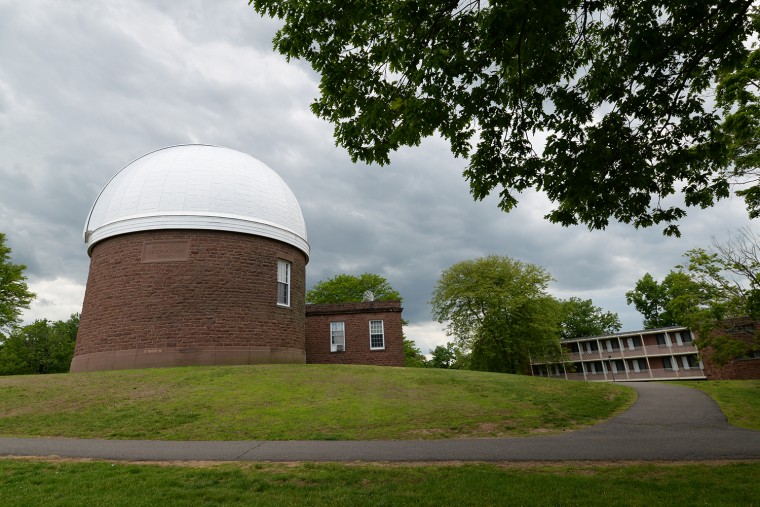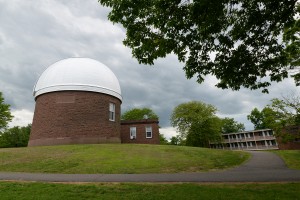Kilgard Explains Why Scientists Are So Excited About Observing Merging Neutron Stars


Writing in The Conversation, Roy Kilgard, research associate professor of astronomy, explains the significance of an exciting new discovery in astronomy. For the first time, astrophysicists have observed merging neutron stars using LIGO (the Laser Interferometer Gravitational-Wave Observatory) and the Virgo interferometer.
Kilgard writes:
This news may confirm a longstanding theory: that some gamma-ray bursts (GRBs for short), which are among the most energetic, luminous events in the universe, are the result of merging neutron stars. And it is in the crucible of these mergers that most heavy elements may be forged. Researchers can’t produce anything like the temperatures or pressures of neutron stars in a laboratory, so observation of these exotic objects provides a way to test what happens to matter at such extremes.
Astronomers are excited because for the first time they have gravitational waves and light signals stemming from the same event. These truly independent measurements are separate avenues that together add to the physical understanding of the neutron star merger.

